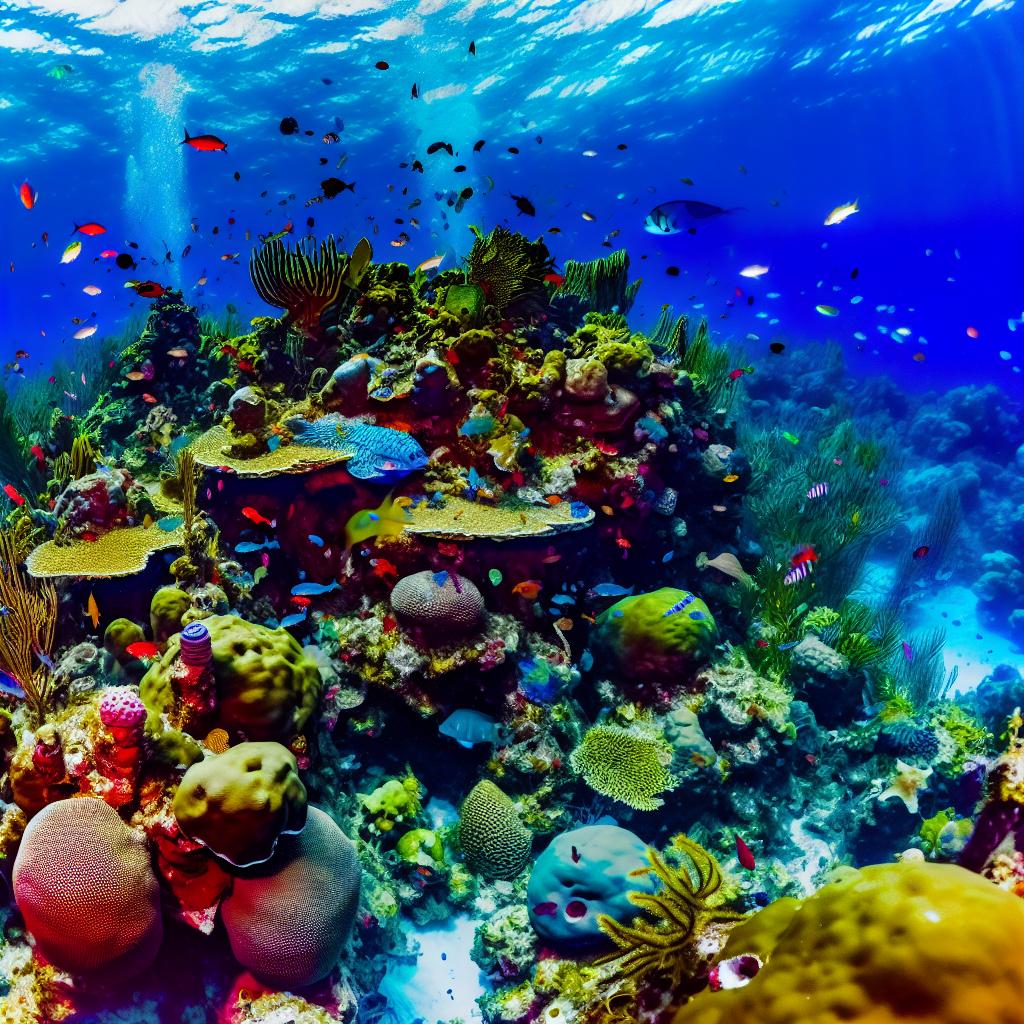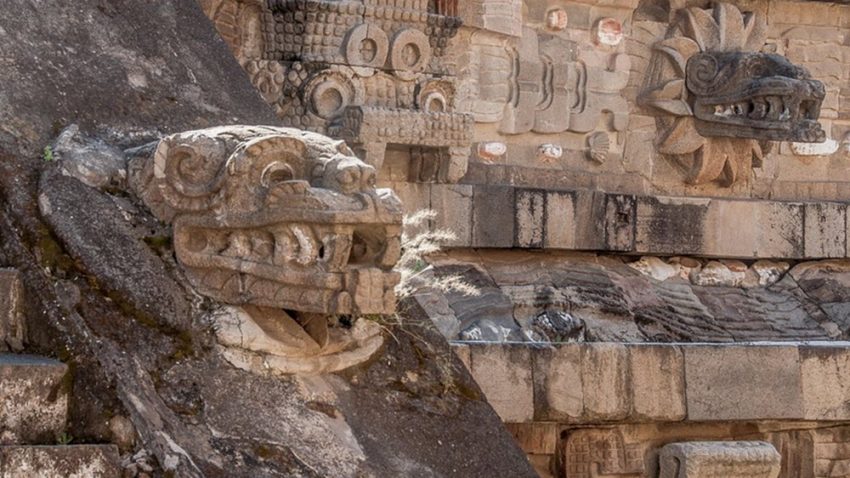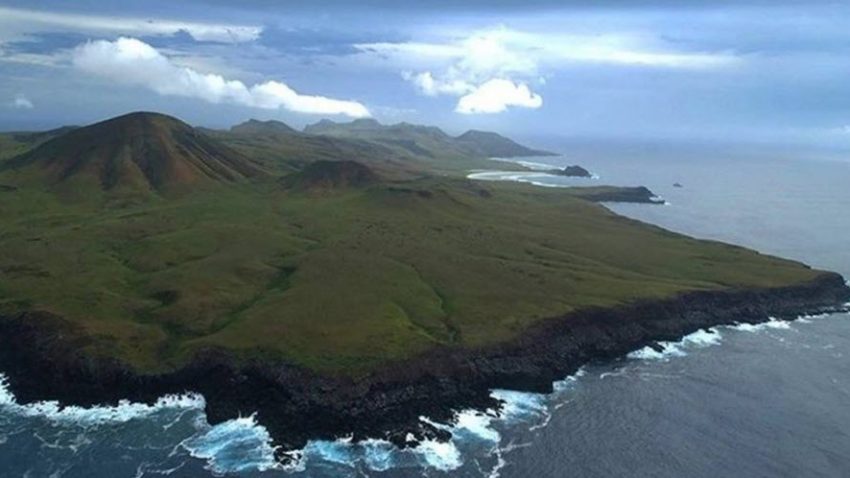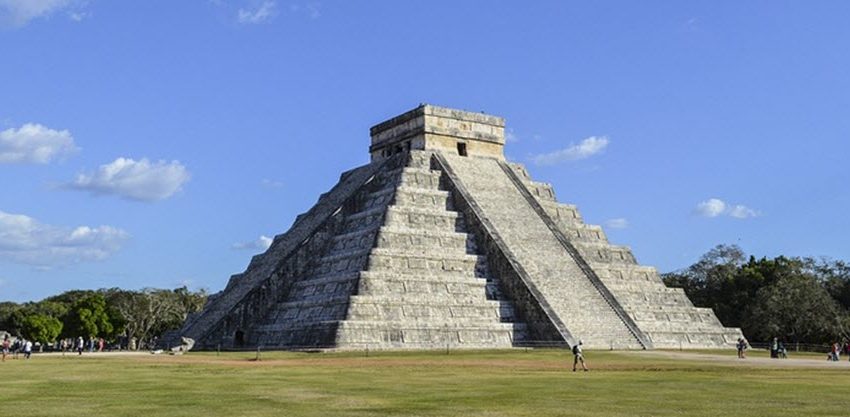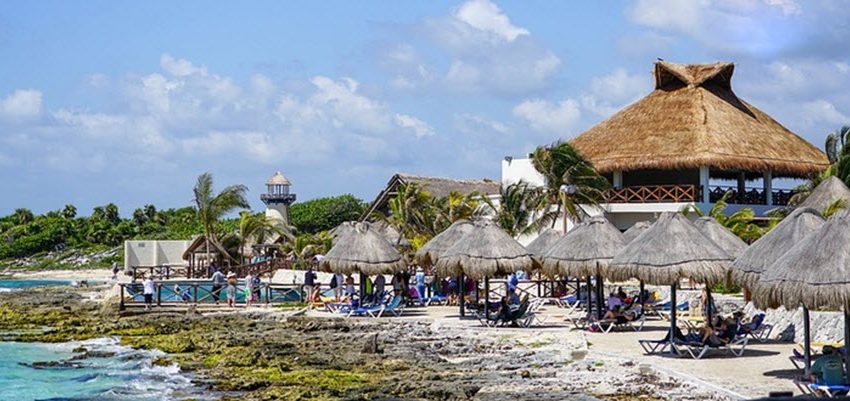Introduction to Coral Reefs in Cozumel
Cozumel, a picturesque Mexican island settled in the Caribbean Sea, is celebrated for its vibrant coral reefs and abundant marine life. These captivating reefs form a vital part of the Mesoamerican Barrier Reef System, recognized as the second-largest coral reef system worldwide. Known for their rich biodiversity, the coral reefs of Cozumel attract divers and marine biologists alike who are eager to explore their underwater wonders.
The Importance of Coral Reefs
Coral reefs hold significant importance in ocean ecosystems. They serve as a critical habitat and shelter for a multitude of marine organisms, thereby contributing actively to global biodiversity. Coral reefs also play a pivotal role in protecting coastlines by buffering the damaging effects of wave action and tropical storms. Additionally, they underpin local economies by drawing tourism and underpinning fishing industries, thus becoming vital economic resources for the communities residing along these regions.
Exploring Cozumel’s Marine Life
Immersing oneself in the waters around Cozumel opens a window to a diverse display of marine life. Snorkelers and divers frequently encounter a variety of species such as the majestic spotted eagle ray, graceful sea turtles, and the colorful parrotfish among many others. The region’s coral reefs are primarily constructed of stony corals, soft corals, and anemones, which collectively weave a vibrant and intricate underwater landscape. These structures form complex habitats conducive to myriad forms of life, including small fish, crustaceans, and other ocean dwellers.
Conservation Efforts in Cozumel
The survival and vitality of Cozumel’s coral reefs and associated marine life largely depend on effective and ongoing conservation efforts. Proactive measures such as the establishment of marine protected areas aim to regulate activities like fishing and tourism, thereby minimizing human impact on these delicate ecosystems. In-depth research initiatives are engaged to understand the pressing challenges facing these ecosystems, such as pollution and climate change. Local organizations, committed to the reef’s preservation, carry out coral restoration projects aiming to sustain and enhance the area’s biodiversity for future generations.
Visiting and Diving in Cozumel
For those drawn to experiencing Cozumel’s reefs firsthand, a wide array of diving and snorkeling tours are readily available. However, it is crucial to choose tour operators who prioritize sustainability and eco-friendly practices. By supporting operations that demonstrate a commitment to these principles, tourists can play a significant role in conserving these crucial marine environments. Being mindful of one’s ecological footprint not only helps protect the reefs but also ensures their preserved natural beauty for future adventurers.
To learn more about sustainable tourism practices or to explore planning a visit to Cozumel, consider visiting Cozumel Tourism for further information.
The long-term health and vitality of Cozumel’s coral reefs are intricately linked to responsible tourism and fervent conservation endeavors. With growing global awareness and conscientious local stewardship, these submerged treasures can continue to inspire awe and remain pivotal components of the marine environment. As stewards of these marine habitats, concerted efforts can ensure their resilience in the face of environmental challenges such as ocean warming, acidification, and unsustainable fishing practices. Hence, the relationships between marine biodiversity, economic health, and the cultural practices connected to these reefs underscore a broader understanding of their irreplaceable value.
In sum, Cozumel’s coral reefs offer not only a remarkable glimpse into the colorful tapestry of marine life but also highlight the intertwined nature of ecological preservation and sustainable economic development. Such environmental stewardship will allow future explorers and researchers to continue delighting in its wonders, while supporting the holistic well-being of the area’s natural resources.


